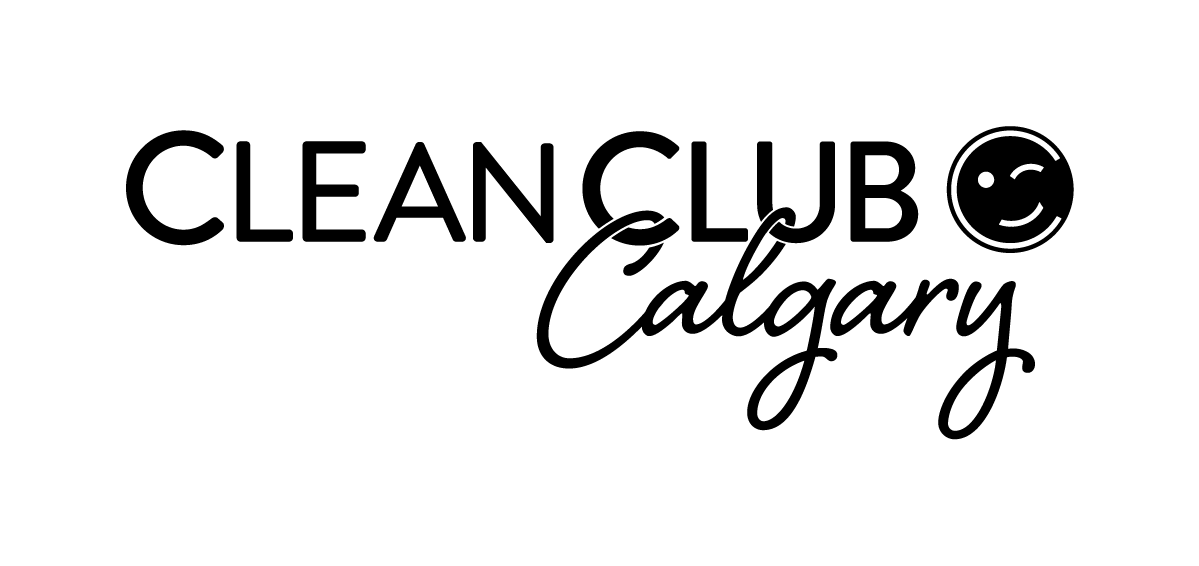Cleaning, sanitizing and disinfecting – since COVID, these terms have flooded our lives, newsfeeds filling with articles using these words interchangeably and scaring the bejeebus out of readers, including me at times…and I’m a cleaning business owner!
Customers have been asking more and more exactly what the difference is and should people even care. My simple answer is yes. Absolutely, you should care. A properly cleaned home provides a healthy environment. So, for this month’s blog, I wanted to take a moment to break down what each of these terms means and how your residential cleaner uses them to provide you with a higher quality of life.

CLEANING WITH CLARITY
To clean is to remove dirt, debris, dust and other unwanted materials from surfaces. It may or may not involve tidying up (e.g. organizing and putting things in their place) and can include simple cleaning agents, such as soap or detergent. Regular cleaning keeps your place looking and smelling nice while also reducing the germs living on the surface. However, cleaning on its own will not have the same benefits or peace of mind as sanitizing and disinfecting.
To clean, think “simple wiping.”

SANITIZING MADE SIMPLE
Sanitizing is a step up from cleaning. Similar to cleaning with the removal of debris, sanitizing further reduces the germs living on a surface. This act focuses on eliminating these pathogens and microorganisms that can transfer germs, such as COVID or the flu. Sanitizing typically uses a chemical agent of sorts (e.g. bleach or even steam), reducing the germs that come in contact with the agent. Specific touchpoints that require regular sanitization include handles, doorknobs, TV controllers, keyboards, kitchen utensils, and other high touch shared surfaces in your home.
To sanitize, think “wiping with a cleaning agent.”

DISINFECTING DEFINED
Disinfecting is the highest form of germ and debris removal. While sanitizing does an excellent job of reducing pathogens, it is typically done in a quick fashion and does not always kill them. The goal of disinfecting is to kill all microorganisms, leaving a sterile environment behind. This is particularly crucial in hospitals and special care facilities. To disinfect, one must let the cleaning agent sit for a specific amount of time, allowing the agent itself to work. When ready, the cleaner removes the agent, reducing the risk for germ and other pathogen transfer.
To disinfect, think “apply cleaning agent, let it sit and work.”

WHY YOU SHOULD UNDERSTAND AND DO ALL THREE FOR YOUR HEALTH
Knowing these differences will help to keep you and your family safe. Understanding these terms guides the type of cleaning products you buy, how you use them, and why you use them. Unfortunately, post-COVID, we are going to be faced with heavy gaslighting from advertisers for cleaning products that are focusing on selling the fear of COVID and not real cleaning solutions. By understanding whether you want a cleaned, sanitized, or disinfected environment, you’ll be able to make smarter choices when it comes to buying cleaning products and when scheduling your professional cleaning services.
I understand that this can be stressful with so many “facts” out there, but it is important to know what your specific risk is and what you can do to protect your own health (e.g. a quick wipe down or full disinfectant cleaning day). Armed with the above definitions, I encourage you to connect with your home cleaning service provider. Ask what cleaning agents they use, along with the Safety Data Sheets for the products they are using. This will give more insight, and hopefully more sleep-filled nights, as you relax knowing how safe your home really is.
Curious as to how you can improve the quality of your life through cleaning sanitizing, or disinfecting?
Connect today and share why dirt is keeping you up at night!

